Accelerate Blog / 10 Killer Demand Generation Strategies
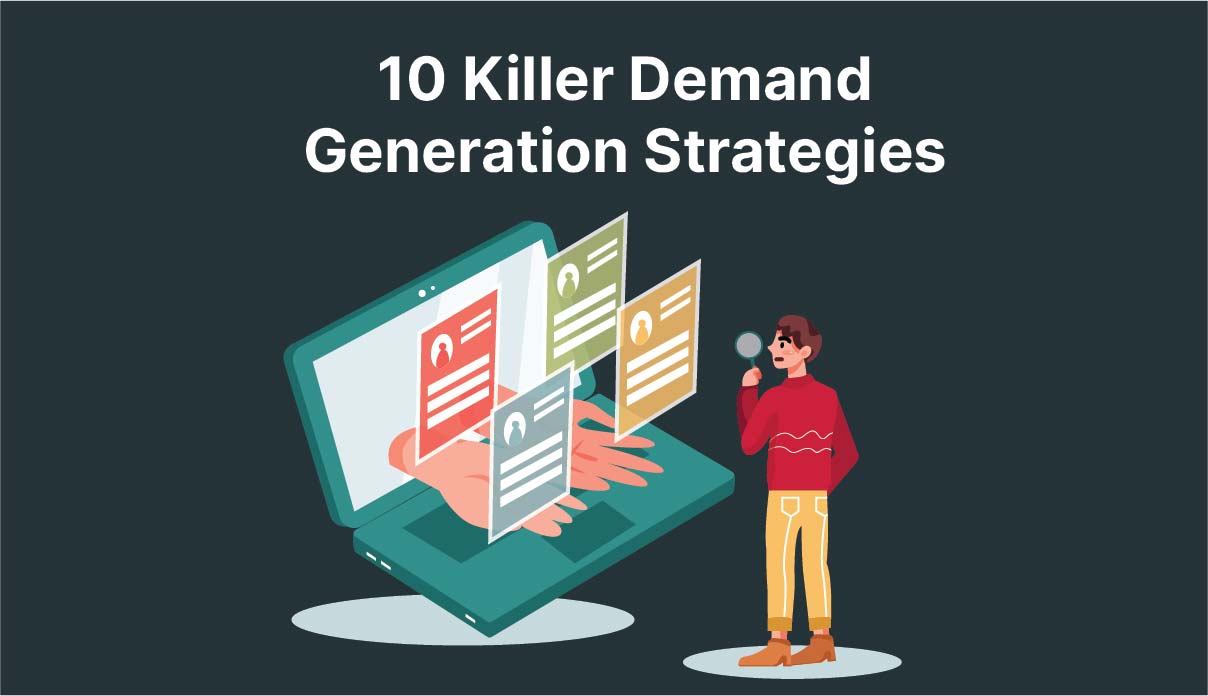
It is no surprise that companies still have no clear idea what demand generation exactly is. If we focus on the name itself—”demand” and “generation”— we often think that demand generation is about creating demand for a product. Well, partly true and far more than that.
By definition, demand generation is a multi-step practice of nurturing long-term engagement for an organization’s product or services. Its job is to gradually identify potential prospects’ pain points and behavior as it moves through the sales funnel. If done correctly, demand generation can create awareness and provide highly qualified leads.
We see the terms demand generation and lead generation used interchangeably but, these are very different terms with a distinct purpose.
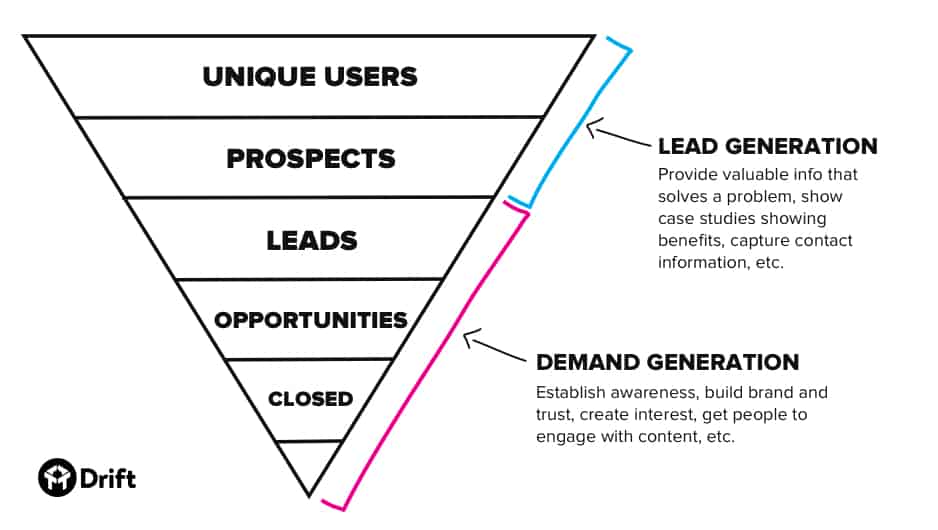
Image from Drift
Let’s use Drift’s visual interpretation of how these two play together. According to Drift, lead generation is a subcategory of demand generation.
We can see that lead generation’s focus is on top of the funnel. When your audience recognizes a problem, they look for services or products from various brands that solve them. As they find your brand, you must be ready to nurture them in exchange for their information. You’ll use that information to cultivate deeper relationships through the rest of the marketing funnel.
On the other hand, we can see that demand generation happens at the middle to bottom of the funnel for demand generation. Demand generation requires extensive education and tends to work inverse of lead generation. To drive demand, you need to educate prospects by introducing challenges that best resonate with them and informing them why it’s crucial to invest in your product or service as a solution.
Always remember, not all nurtured leads are sales-ready. If they aren’t ready to buy now, it doesn’t mean that they won’t ever buy. Having well-coordinated demand generation and lead generation strategies are critical as they work hand–in–hand in enriching your interactions with prospects at each step of the buyer’s journey.
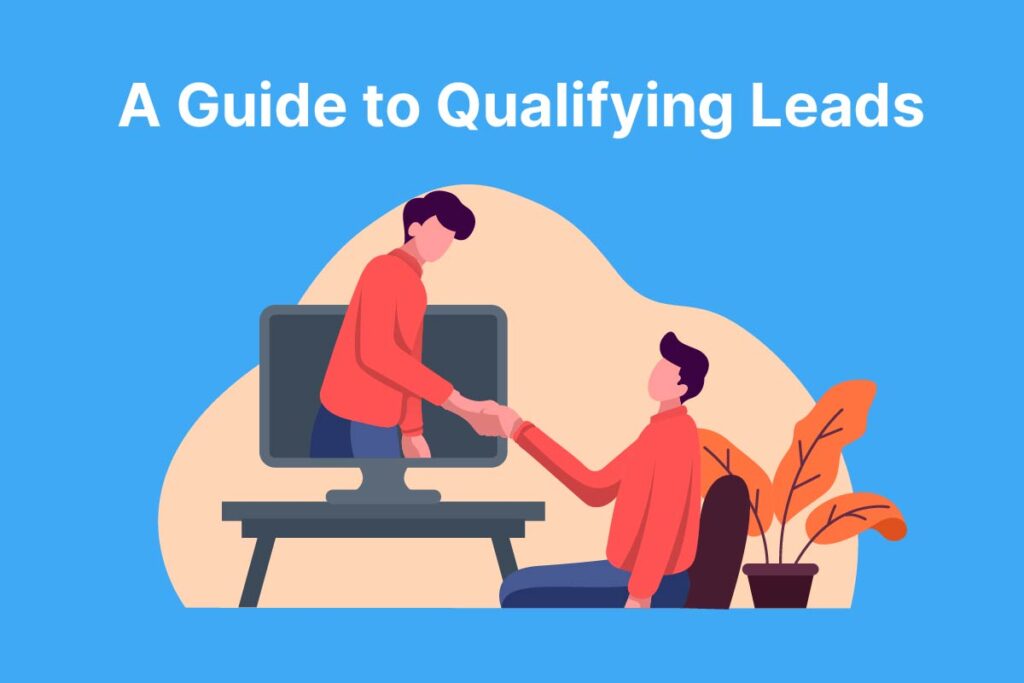
Even the best-laid demand generation plan can get derailed by simple obstacles. Here are two of the common challenges you can face as you deploy your demand generation plan. Recognizing these and taking preventative measures can help you optimize your sales and marketing outcomes better.
According to a recent Demand Gen Report, 41% of marketers still run into problems identifying new leads. Keeping your prospect leads engaged has been difficult because you have to drive strategies aimed at different types of leads at the right time and on a regular basis. You need to develop strategies that enhance demand generation by knowing what kind of data you need to collect in line with positioning your company as a trusted brand as buyers move along their journey. Then, you can filter out well-qualified and high-value prospects.
Buyers live in an always-on world, filled with instantly available and highly personalized messages, offers, and services. With so much information and choices, buyers expect more from brands they interact with. Getting the right message to the right prospects at the right time is becoming a burden for marketing professionals.
To keep up with the personalized expectations of audiences, looking into the intent that pinpoints the behaviors of your targeted audience can resolve the solution. Intent data gives you high-level information on the right approach to deliver your brand message to the right prospects. The more relevant and personalized your message is, the more likely you open opportunities to close deals.
We’ve identified ten killer tactics and strategies behind a successful demand generation program—lead magnets, PPC, social media marketing, partnering with industry leaders, managing display ad placements, remarketing, SMS marketing, email marketing, referrals, and free trials. Let’s go through each of them.
You’ve created a landing page that asks your visitors for their contact information. What happens next? How do you convince them to purchase your product? Our answer, lead magnets. Lead magnets are valuable incentives your audience takes home after clicking on your site. The most frequently offered magnets are:
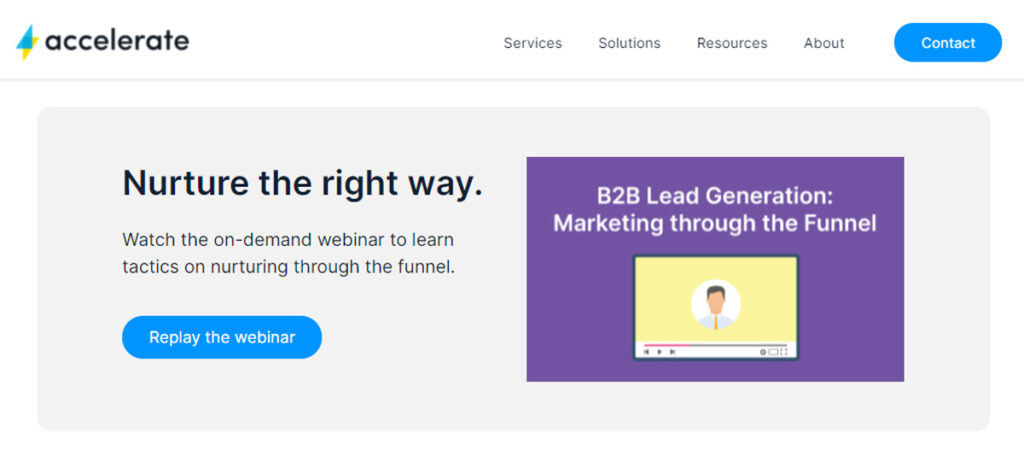
Image from Accelerate
Lead magnets may sound implausible, but these create a sense of trust between your brand and your audience. Every time you create something that your audience needs, they opt-in to receive them, giving you valuable information about their buying behavior.
Use paid ads to raise awareness, reach your target audience, create a market foothold. From little to zero brand awareness, you can slowly gain traction through promoting ads—free trials, ebooks, guides, webinars, products, or services—on search and social media. This is critical for growth, especially for startups. Most startups go through series of funding from various investors. Funds are usually allocated to span your operations across markets, scale customers, and grow the team fast. Pay-per-click advertising is a helpful channel to hack growth on a limited budget.
Social networks today aren’t just for B2C marketing. They also make an excellent channel for B2B demand generation. Building a relationship with your audience on social media will raise your brand awareness and create even more demand for your product or service. In fact, 75% of B2B C-level executives get their content from social media from peer connections, groups, communities, and more.
According to Forrester, almost 100% of business decision-makers use social media for work purposes. Social media provides massive opportunities for businesses to build trust, enhance relationships, raise your brand awareness, and create more in-demand products or service.
Even if your website was optimized for SEO or conversions from PPC, generating buzz, building trust, and closing a deal is a different story. Influencers and notable journal sites can spread the news around your brand. With their endorsement, your target audience instantly creates a trustworthy perception of your brand.
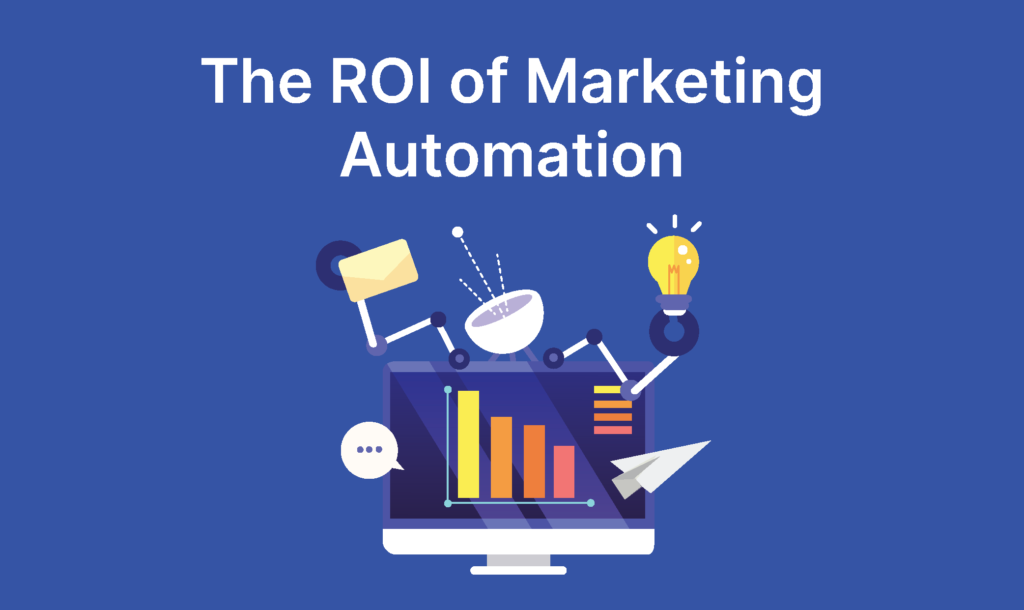
Display advertising today is getting a bad reputation. Some argue that ads appear too irrelevant, which seem like spam, or appear less and missed.
One practical approach that savvy advertisers use is managing placements. Placements are locations where your ads can appear. It allows advertisers to take a targeted approach to display rather than a random approach. With managed placements, gives you control over how your ads appear, where they appear, and who they are shown, and so on. You can easily pause if you think your ads are ineffective and configure them as an individual ad unit, ensuring you are hitting the right audience.
Remarketing or retargeting is the tactic used in serving ads to people who have already visited or taken action on your website. It uses cookies— a JavaScript tag (known as a pixel) to track a user’s browsing behavior. Remarketing is more than re-capturing leads and increasing conversion rates for missed opportunities. Remarketing is also an excellent brand awareness-building tool for demand generation.
Let’s use online displays as an example. Think about the last time you had an impulsive thought of getting a new pair of shoes. You added the item to your cart, checked your bank account, and then decided to buy it next month. You closed your browser and breathed a sigh of relief until the same item starts to appear across the web.
SMS marketing or text message marketing is a demand generation strategy your business must tap into. With SMS, you can find people interested in your business and turn them into paying customers through text messages. You can capture attention by sending promos, new product updates, and discounts with the ultimate goal of creating a fast, reliable way of communicating with prospects.
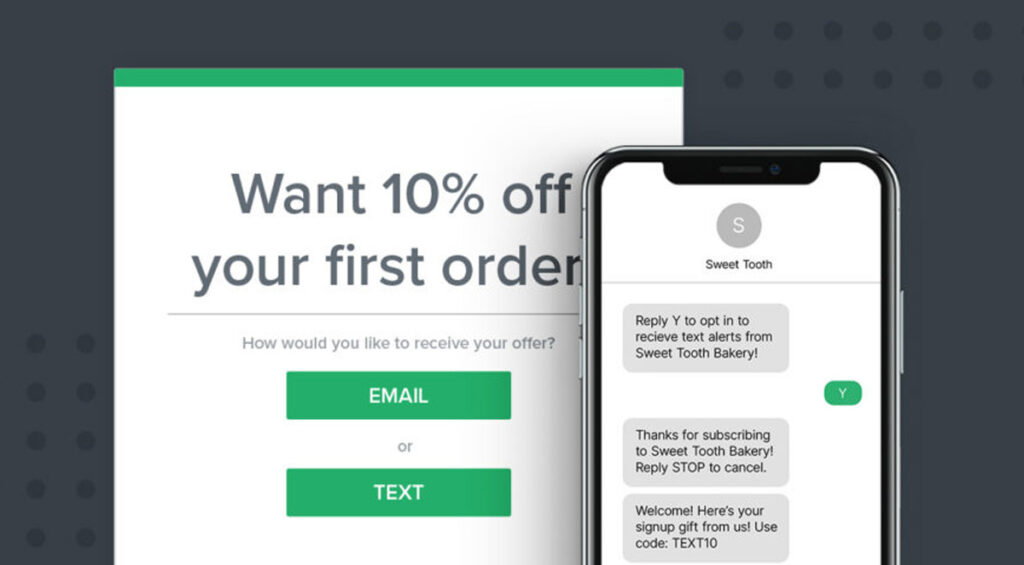
Image from Klaviyo
Email marketing is also a powerful component of your demand generation campaigns. Often, email marketing demand generation is misconstrued as just sending out emails until a prospect interacts. When it comes to email marketing, you should work smarter, not harder. From the headline, length, subject, CTA to linking strategies, everything about your email marketing should be A/B tested to ensure your emails are performing as strongly as make informed decisions.
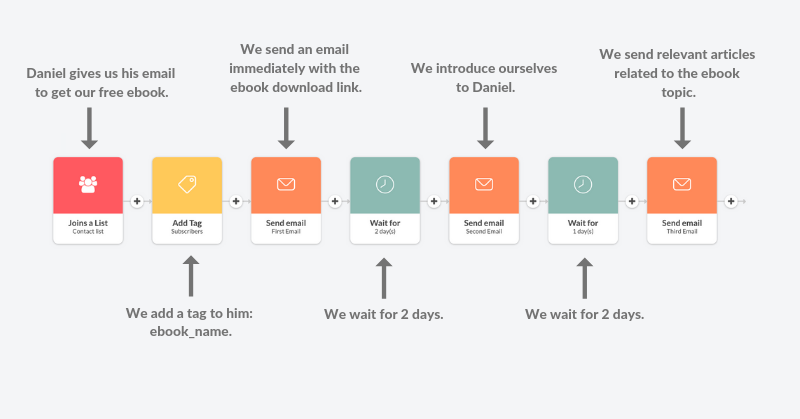
Image from Automizy
Let’s look at how you can set up your email marketing workflow. According to Automizy, an email marketing, and automation software, customizing tags, triggers, sequences, and cadence are crucial elements for better demand generation results. Ensuring your landing page is designed to convert is just as important as making sure your email is designed appropriately. You won’t be able to direct the right people to your landing page if your emails don’t accurately describe what you’re offering.
Referral or word of mouth is one of the oldest and effective demand generation strategies you can implement in your organization. For example, your friend told you about a special deal on a shoe website recently. When you decide to look at shoes, you will be triggered to remember the website you heard about special sales. Applying from a B2B standpoint, you can utilize testimonials from satisfied customers are powerful endorsements that can spark good word of mouth. Once you get testimonials, you need to use them effectively. Posting them on your website, featuring them in your social media accounts, crafting case studies, or wherever they will be visible to your audience.
In today’s connected world, a single recommendation can significantly impact one’s buying decision. It all comes down to trust. People easily trust what others have to say, which means they’re more likely to buy when they hear about it from a friend or previous customer.
Like test driving providing your prospects a glimpse of your product is a great way to let people understand your product or service before committing to a purchase.
Offering free trials, demos or tools can help your audience understand your solution. It will also help you know more about your audience’s needs and are looking for an answer. You can learn more about which segment of your audience is most interested and better define the pain point that your audience is using your tool to solve.
Final Thoughts
To wrap up, demand generation depends on how well you create a healthy database of prospects. Healthy prospects mean more opportunities to distribute content to your target audience. But how can you get started segmenting healthy prospects? Our best bet is automating your marketing. The success of your demand generation strategies relies on how well you can engage with your audience as they move through the funnel stages. But because demand generation is complex and involves multiple moving parts, automating them will help you stay on top of the game.
Most businesses buy marketing automation tools without considering whether they need them. Not all organizations are ready to automate their operation—but when the time comes, engage with an Accelerate expert. Our certified marketing automation expert will be with you to coordinate your demand generation strategies and marketing tools with proper technical coordination, campaign automation, campaign execution, data optimization, and advanced lead segmentation.